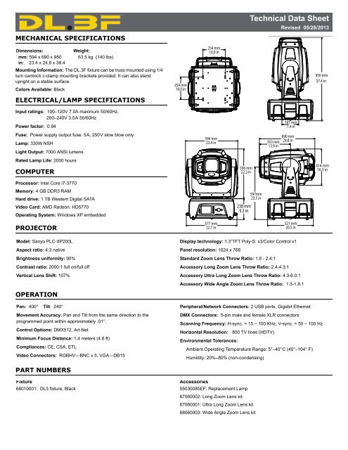There are many times when searching for a component to replace one that has stopped working that we discover that they are no longer making them. The component has reached its “end of life” and the manufacturer no longer makes them. This happens often, as many components have reached the apex where the demand is so low that it is not a smart financial decision to keep making them.
When this happens alternative parts are often looked for, before a company will buy or manufacture a new appliance. One of the ways you can find alternatives is through reading the datasheet for the component.
Datasheets offer deep insights into the component it is documenting. Once you know the specifics about the component you are replacing it will make it easier to search for that alternative. Using a needed replacement for a transistor as an example you would look for these aspects of the part.
“The most important specs when choosing a transistor are maximum voltage, maximum collector current, type (NPN, PNP) and maximum power. Frequency is often important, for example when selecting driver transistors. (Drivers are the transistors in a power amp that come before the outputs.) It is not important when selecting power supply transistors, or relay drivers. An amp will not perform to its potential if the frequency the parts can handle is less than the circuit design required, though nothing will be damaged,” Audio Karma notes.
So look for the specifications of your component, as parts intelligence will make the process easier. Whether it is a specification the component must meet or a minimum aspect it needs - this and other information you can find in a datasheet that you can then create a criteria list when looking for the replacement.
Some datasheets include compatible alternatives which makes the search even easier. When you find the alternate part you should compare the datasheets to make sure you have a functional part.
Remember: Using an incorrect component that you have not done the due research on can cause your product to be damaged to the point where you have to dispose of it.
contact us:
 EN
EN
 English
English
 Chinese
Chinese
 Italiano
Italiano
 Portuguese
Portuguese
 Deutschland
Deutschland
 French
French
 Russian
Russian
 Japanese
Japanese
 Turkish
Turkish
 Korean
Korean
 Spanish
Spanish
 my account & orders
my account & orders

